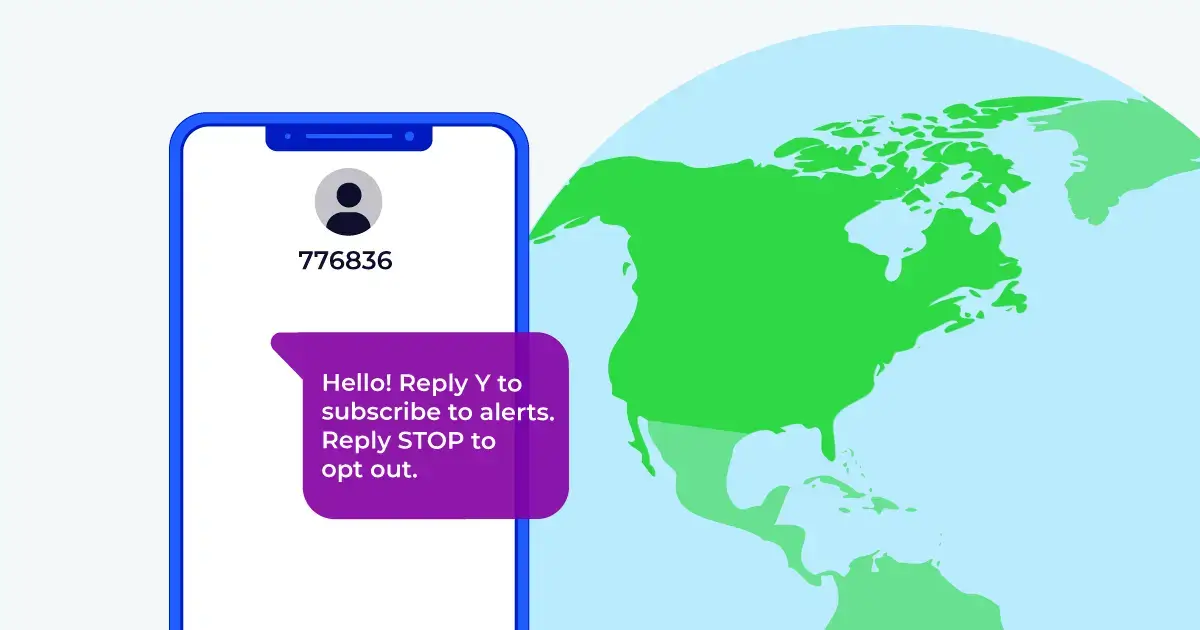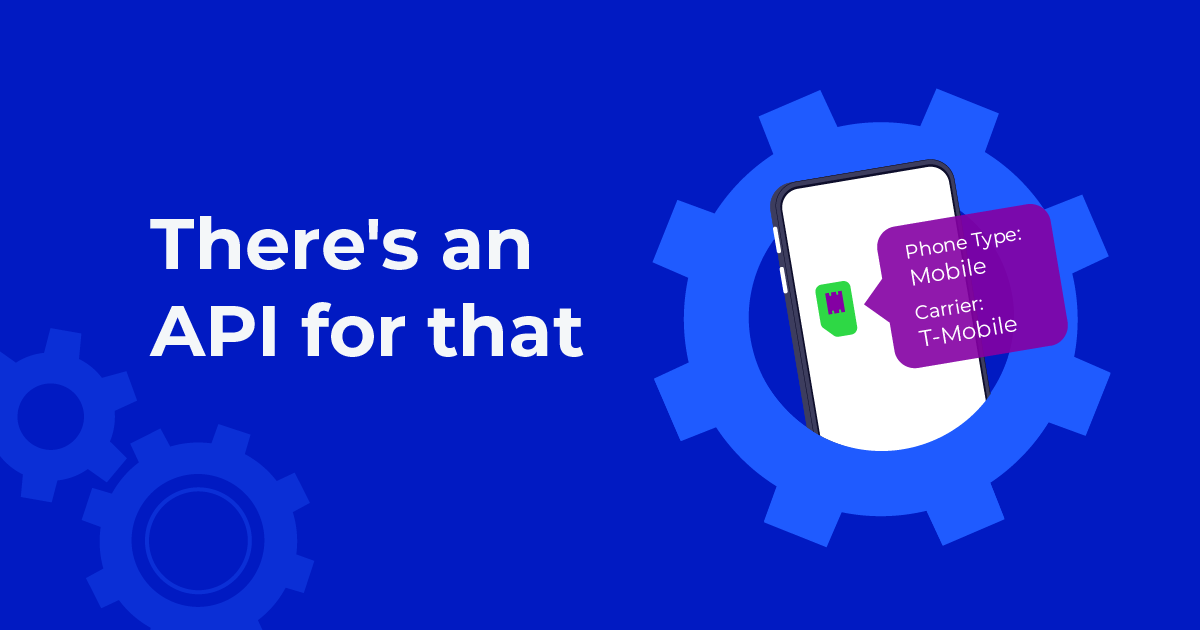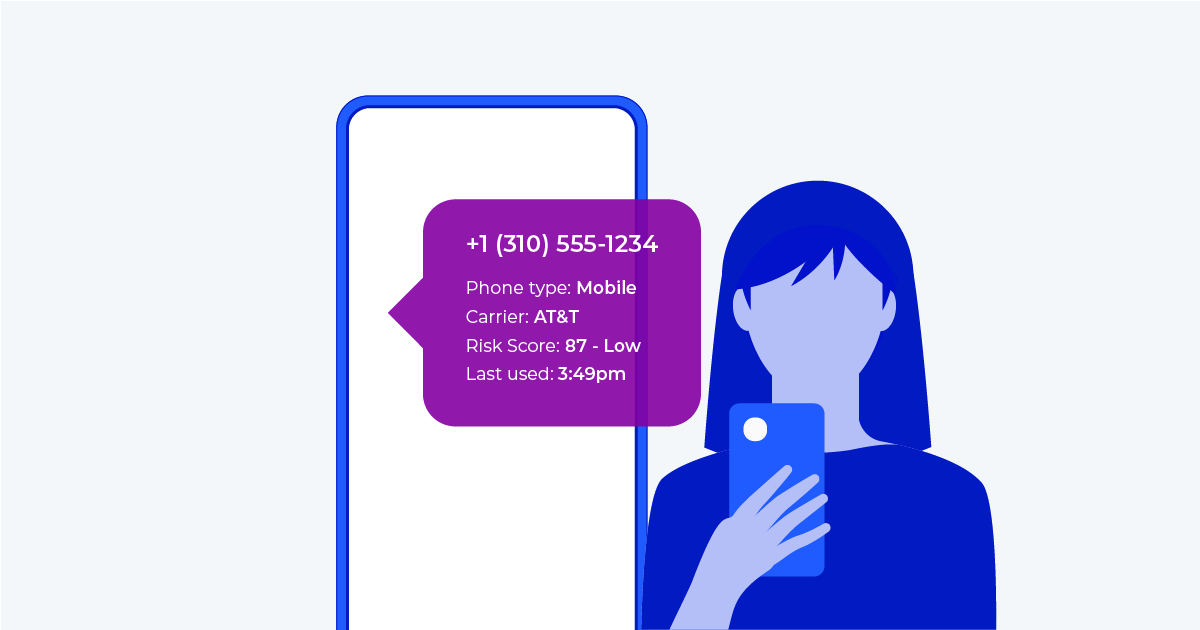
US and Canadian mobile carriers have announced that shared short codes (SSCs) will be phased out in the near future. This means that all businesses using text (SMS or MMS) to communicate with customers will need to prepare to stop using shared short codes, or risk interruptions to their text marketing efforts.
Here’s what you need to know to ensure you’re prepared for the transition away from shared short codes.
What are shared short codes?
A short code is a 5-to-6-digit telephone number pre-approved by carriers. It allows businesses to communicate with consumers through high-throughput SMS and MMS text messages without being marked as spam. A shared short code is used by more than one brand.
Why are shared short codes going away?
There are a few reasons why mobile carriers are phasing out support for shared short codes, such as 776836, and are requiring customers to move to a dedicated short code or 10-digit number. Keyword limitations and opt-outs are two of the most visible reasons.
With shared short codes, you share not only your reputation and user experience with other businesses, but also your opt-in keywords. If your company wants brand common SMS keywords such as HELP, INFO or JOIN, you would not be able to customize these replies given other brands share the service for these keywords.
Similarly, required opt-out keywords such as STOP, CANCEL and QUIT apply to the entire shared short code, not just a single sender. Therefore, a customer who unsubscribes from communications from another brand via your shared short code will also close the door to your brand.
For these reasons, mobile carriers such as T-Mobile, Verizon, and AT&T have decided to completely phase out the use of shared short codes.
What is the impact of shared short codes going away?
For those who continue to use shared short codes, the pressure is on to make a transition plan. The ultimate goal is to send SMS and MMS messages through a number unique to your organization. A few shared short code alternatives are:
- Dedicated short code
- 10-digit text-able number (10DLC)
- Toll-free number
The deadline for completing this transition is approaching.
How to Transition away from Shared Short Codes
Telesign is implementing a plan to navigate away from shared short codes for all impacted customers. Remember, there are at least three options for businesses to send messages via text: Dedicated short codes, 10-digit text-able number (10DLC), and toll-free numbers.

Telesign is here to help businesses transfer their messaging functionality away from shared short codes to dedicated numbers. This enables companies to avoid interruptions in mobile marketing efforts and ensure compliance with mobile carrier regulations. If you need help setting a transition plan or are not sure whether you are impacted, please contact us for guidance.
Connect with Telesign today to learn more about moving away from shared short codes.



